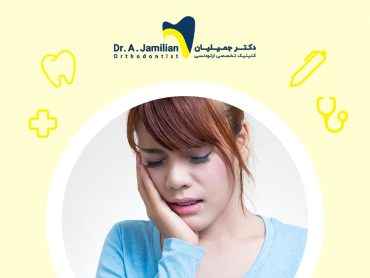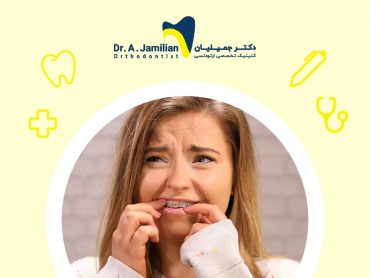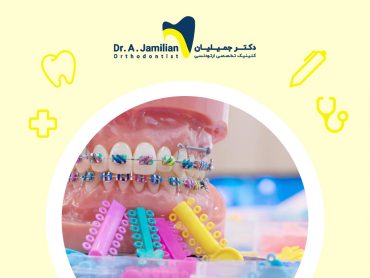Most uneven teeth or other dental and jaw problems can often be treated with various orthodontic appliances currently available. Orthodontics and jaw correction can even be performed in growing children to align the teeth. Orthodontics before puberty can provide a beautiful smile design and standard jaws in short treatment duration. Sometimes, the teeth or jaws’ problems cannot be resolved with orthodontics alone and may require a surgical approach. This mainly occurs after puberty in adults, and the orthodontist tries to correct the teeth and jaw problems with orthodontic appliances to avoid surgery.

In patients with the recessed maxilla, the mandible seems protruded. The maxilla can be moved to its original location through orthodontic treatment and jaw correction to get a more beautiful face.
The maxilla is slightly forward of the mandible so that when the two jaws contact each other, the maxilla is one or two millimeters ahead of the mandible. Jaw deformity results from increased distance between the jaws, which will affect the appearance and chewing.
Jaw deformities can be treated through orthodontics. When the patient is too old to undergo orthodontics, the disorder can be resolved through surgery.
Detection of jaw deformity with radiography
In jaw deformities, it is essential to determine whether the maxilla is protruded or the mandible is recessed; this can be determined by radiography. The orthodontist analyzes the X-ray and finds the jaw responsible for the anomaly. For example, if the maxilla numbers in the analysis are higher than normal, the orthodontist recognizes that the maxilla is protruded.
The mandible has a standard size, and a smaller size than typical values indicates that the mandible is recessed. As a result, the protruded or recessed jaws can be detected by a visually diagnosed criterion. Nonetheless, the accurate diagnosis of jaw deformity is performed through radiography to decide on orthodontics and jaw correction.
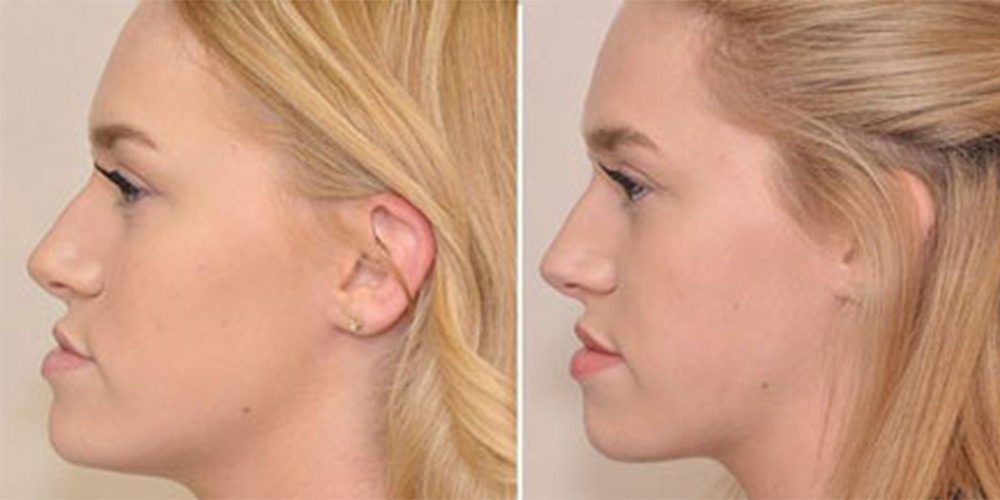
Jaw correction in acute conditions
Sometimes only the maxilla is protruded, sometimes only the mandible is recessed, and sometimes both the maxilla is protruded, and the mandible is recessed. Management of the third case is usually slightly difficult. Treatment of this acute disorder is slightly more complicated, but jaw correction is feasible as long as the patient visits an orthodontist timely.
The best age for jaw correction
The younger the patient is, the softer the bone and hence the easier the jaw movement through orthodontics will be. In children with a highly protruded maxilla, the jaw can be moved back easily with a simple orthodontic appliance. If the mandible is recessed, it can be moved forward easily.
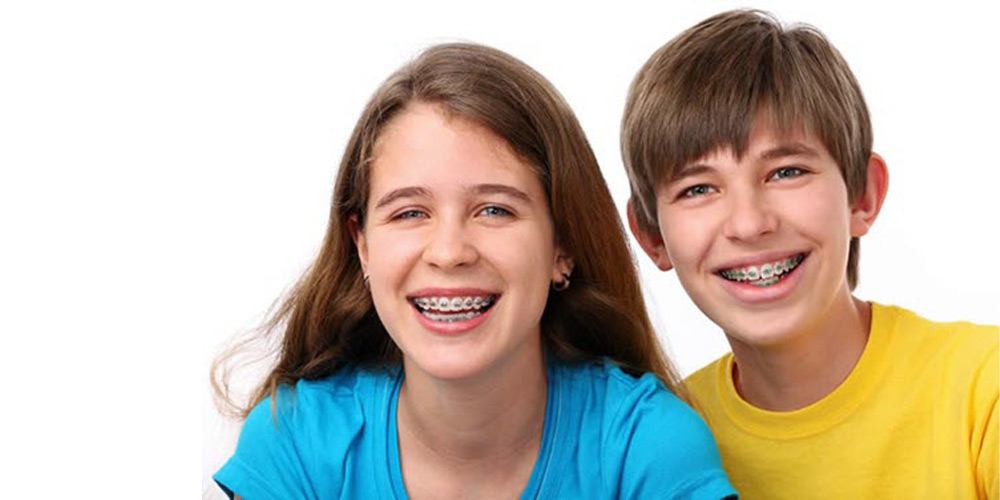
Jaw correction and tooth inclination
Patients with a protruded maxilla compared with mandible and forward inclined teeth are at risk of trauma. Their front teeth may even be easily damaged and broken. This also gives an unpleasant appearance, disrupts speaking and eating, leads to sticking of the lips behind the lower teeth, and constantly pushes forward the upper lip and the upper teeth. If left untreated, the condition will get worse over time.
The priority of treatment is the jaw correction and adjustment of the distance between the jaws, after which the orthodontist aligns the teeth. The jaw should be displaced at first because orthodontics provides jaw movement up to a certain age. As the patient gets older, the jaw becomes bony, and jaw movement becomes extremely difficult.
This is why the correction of jaw misalignment is performed in the first stage. The dentist uses a movable appliance that the patient can wear and remove to pull the maxilla back and mandible forward. Once the jaw was repaired, the orthodontist can adjust the teeth with fixed orthodontics. Jaw movement is performed through removable orthodontics and teeth movement through fixed orthodontics. The patient should be regularly visited by the orthodontist every month to adjust the pressure on the teeth. Sometimes the pressure should be increased and sometimes decreased. In orthodontics, the pressure should be applied gradually to displace the teeth slowly.
The effect of orthodontics and jaw correction on the face profile
Orthodontics and jaw correction easily affect the face profile. Sometimes these changes make cosmetic surgery unnecessary. Protruded or recessed jaws, even as much as one millimeter, has an unpleasant effect on beauty. Although orthodontics and jaw correction help align the teeth and the jaws, they affect the facial soft tissue. For example, when the recessed maxilla is moved forward through orthodontics, the lips are also moved forward. Orthodontics and jaw correction also displace the relevant soft tissues.
The recessed maxilla and protruded mandible can be modified through orthodontics and jaw correction. Orthodontists can help people with disrupted facial components and move the bones and teeth through new orthodontics and jaw correction methods. By moving the jaws, the orthodontist can improve the facial soft tissue. The jaw and, at the same time, the face deformities can be resolved using orthodontic appliances.
The effect of teeth and jaw orthodontics on the gingival smile
Orthodontic treatment and jaw correction can bring the jaws to their normal positions and modify the gingival smile that occurs in those patients who show more gums when they smile. A gingival smile can be eliminated by raising the jaw and moving the teeth upwards.
Orthodontics and jaw correction by surgery
The orthodontists can predict the patients’ faces and the condition of their teeth and jaws. The jaws are moved forward or backward to resolve the jaws and teeth abnormalities. Orthodontics can be easily performed in young patients without the need for maxillofacial surgery. However, older persons may require surgery simultaneously with orthodontics.
Jaw surgery and orthodontic treatment are standard procedures in which an orthodontist and maxillofacial surgeon are often involved. In the first step, the orthodontist and the surgeon perform a complete evaluation, usually including X-rays and other diagnostic imaging (such as photographs and CT scans) and real or virtual models of teeth (teeth and jaws). Then, a complete treatment plan is designed for each individual based on this information. The first initial visit, to present a treatment plan and a suitable schedule for treatment, is free of charge in Dr. Jamilian’s office (orthodontist). According to the patient’s treatment plan, all costs, including the fees of orthodontics, are also determined and announced in the first session.
Jaw correction surgery can positively change the mouth’s function and appearance in adults; these changes cannot be achieved with orthodontics alone. The orthodontist will do his best to create a beautiful and completely standard so-called Hollywood smile design for the client with jaw and tooth disorders.


